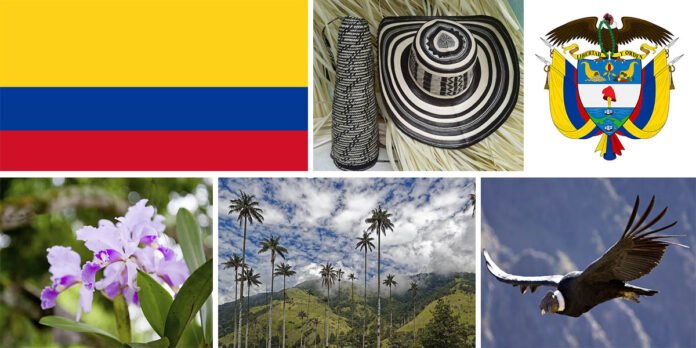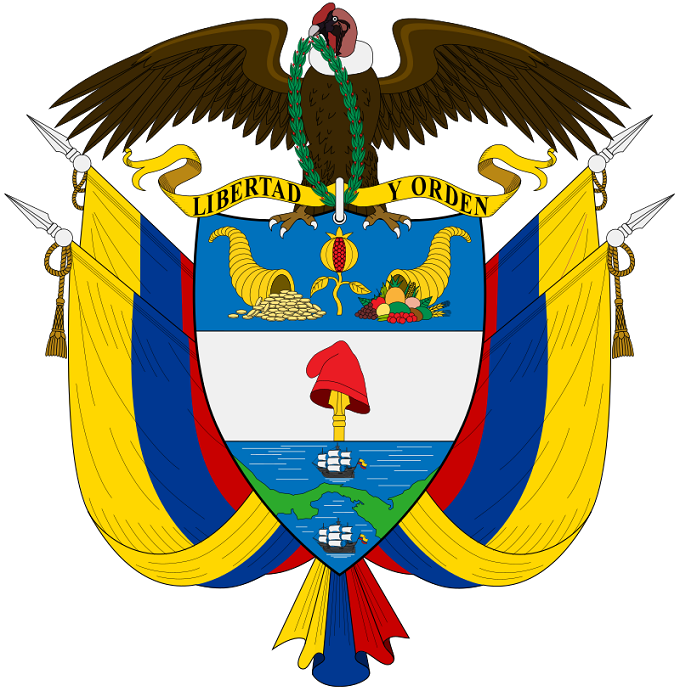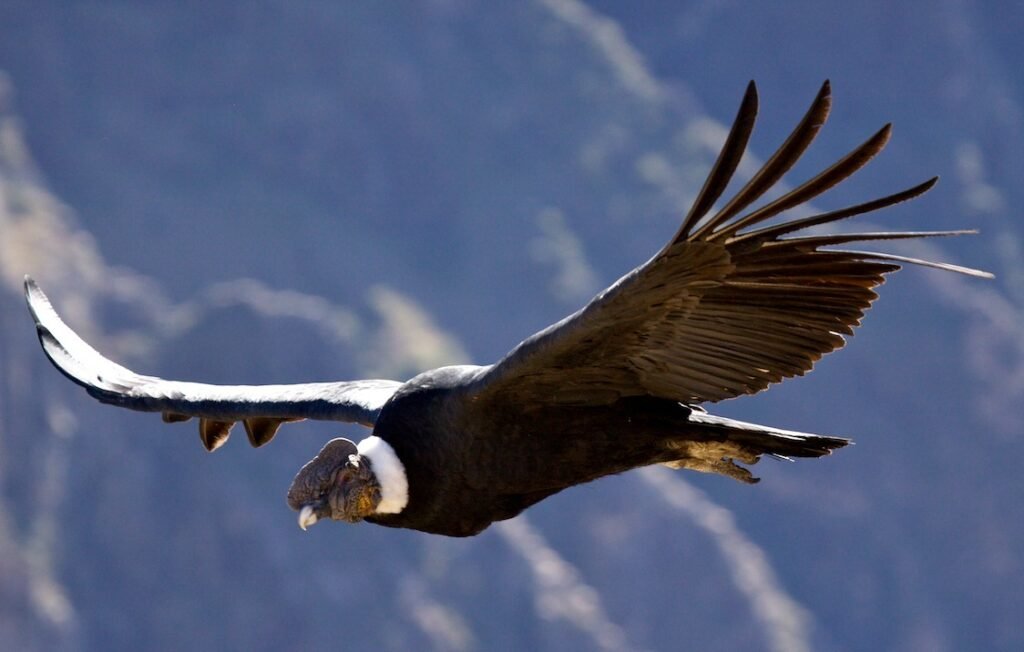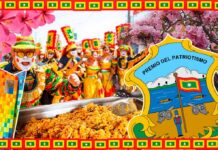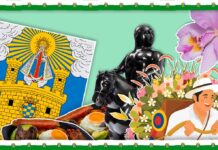The Símbolos Patrios y culturales de Colombia son aquellos símbolos y emblemas que representan al país en eventos oficiales, estos elementos se destacan por su importancia social, ambiental y cultural.
Colombia's flag:
In 1807, Francisco Miranda, one of the precursors of national independence, coined the colors yellow, blue and red to represent the then territory on the road to independence. Four years later the flag was adopted as the insignia of Gran Colombia and in 1813 ratified by the liberator Simón Bolívar. In 1861 it was established that the stripes would be horizontal and the color yellow would occupy the upper half of the flag. Flag Day is celebrated on August 7.
There are several versions of what the colors of the flag represent, but the most used in Colombia is:
Yellow: It symbolizes the natural riches of Colombia.
Blue: The two seas that bathe Colombia.
Red: The blood shed by the heroes and soldiers on the road to Colombia's independence.
Colombia's shield:
The current emblem and its constituent elements have their origins in the shield approved by Law 3 of May 9, 1834, when General Francisco de Paula Santander was president of the Republic of New Granada. The colors and their arrangement were successively adopted and reaffirmed by several decrees, particularly those issued on May 17, 1924 and January 11, 1934. Finally, the shield is regulated by decree 3558 of November 9, 1949. , which also punctually describes the reproduction of most of its parts. The current shield includes both the elements ruled in 1834 and those described in 1924 and 1949, with their respective aesthetic improvements.
Blazon: Strip plywood; in the head of azure a golden pomegranate in the center, on its right a golden horn of plenty pouring coins and on its left a horn of plenty pouring fruits and vegetables; in a central band of silver a Phrygian cap gules supported by a spear; in azure point the isthmus of Panama in green with a boat in the lead and another at the base.
Doorbell: Andean condor from the front with outstretched wings, looking to the right, and a laurel wreath in its beak; gold ribbon at the base of its legs with the legend Liberty and Order
Supporter: Four Colombian flags surrounding the coat of arms.
Motto: Freedom and Order.
Complete Anthem of Colombia:
The lyrics of the anthem are composed of a chorus and eleven stanzas, it was written by President Rafael Núñez originally as an ode to celebrate the independence of Cartagena. The music was composed by the Italian Oreste Síndici at the request of the actor José Domingo Torres, during the presidency of Rafael Núñez and presented to the public for the first time on November 11, 1887. The song acquired great popularity and was quickly adopted, although in a spontaneous, like the national anthem of Colombia.
(Read Also: National and cultural symbols of Cartagena de Indias)
It was made official through Law 33 of October 18, 1920. The musician José Rozo Contreras reviewed the scores and prepared the transcriptions for the symphonic band, which was adopted as the official version by decree 1963 of July 4, 1946.
National Flower of Colombia
The variety orchid Cattleya Trianae It is the national flower of Colombia, which is a unique species in Colombia, this flower was called Cattleya Trianae in honor of the Colombian naturalist José Jerónimo Triana, it is also known as may Flower either may lily.
It was chosen as the National flower according to a concept issued by the Colombian Academy of History in 1936, even though it has not been officially consecrated by law; It is known worldwide that Colombian orchids are among the most beautiful in the world and the Cattleya Trianae stands out as one of the most beautiful varieties, due to its structure and colors.
National Tree of Colombia
The Quindío Wax Palm (Ceroxylon quindiuense) is the national tree of Colombia, it is a palm native to the humid Andean mountain forests of the Los Nevados National Natural Park, it is a unique species in Colombia, it is a tree capable of living for more than 100 years old and can measure up to 70 meters.
The Congress of the Republic declared the Quindío wax palm as a national tree through Law 61 of 1985, sanctioned on September 16 by President Belisario Betancur.
The Vueltiao Hat (Cultural Symbol of Colombia)
The vueltiao hat is a typical garment of the savannahs of the Colombian Caribbean of origin Zenu. The Congress of Colombia elevated it to the category of Cultural Symbol of the Nation through Law 908 of September 8, 2004.
National Bird of Colombia
The condor is considered the national bird of Colombia, scientifically known as Vultus Gryphus, it was chosen in 1834 as an emblem of freedom and sovereignty. It is the largest flying bird in the world, the length of its open wings reaches three meters, a characteristic that explains its high flight.
It is found in the Andes mountain range in South America, especially in Colombia, Peru and Chile. It was chosen in 1834 as an emblem of freedom and sovereignty for the national coat of arms.


